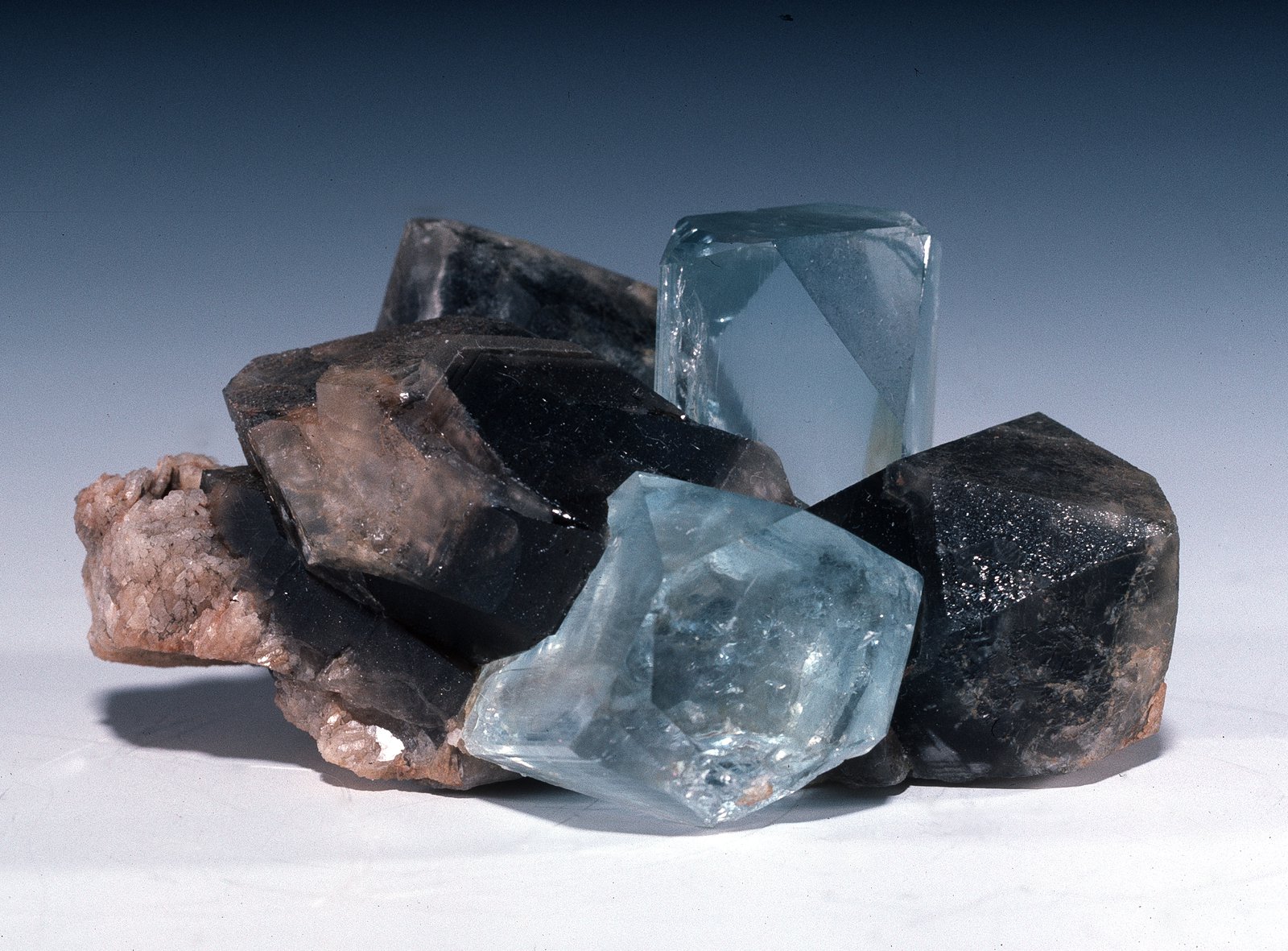
Critical Minerals: The Backbone of India’s Green Energy Revolution
As India transitions to a greener, low-carbon economy, critical minerals like lithium, cobalt, and rare earth elements are pivotal in enabling renewable energy, energy storage, and electric vehicles (EVs). These minerals are essential for solar panels, wind turbines, and the batteries that power EVs, making them the lifeblood of India’s green energy revolution.
The Connection Between Critical Minerals and Green Energy
1. Powering Renewable Energy Technologies
- Solar panels require silicon, indium, and gallium for efficiency.
- Wind turbines rely on rare earth magnets made from neodymium and dysprosium.
- Lithium-ion batteries, the backbone of energy storage, depend on lithium and cobalt
2. Enabling the Electric Vehicle Boom
- EV adoption is central to India’s commitment to reducing carbon emissions.
- The batteries that power EVs require lithium, nickel, and manganese for energy density and longevity.
3. Storing Renewable Energy
Energy storage systems using advanced battery technologies allow India to store solar and wind energy efficiently, ensuring consistent supply even during non-peak times.

India’s Current Landscape for Critical Minerals
1. A Heavy Reliance on Imports
India imports most of its critical minerals, creating vulnerabilities in supply chains and exposing the nation to geopolitical risks.
2. Untapped Domestic Potential
The country has unexplored reserves of critical minerals, but high exploration and extraction costs, as well as environmental concerns, pose challenges.
The Role of the Critical Minerals Association
The Critical Minerals Association, India, is a key player in bridging the gap between government policies, industry needs, and sustainable practices to ensure that the critical minerals supply aligns with India’s green energy goals.
Conclusion
Critical minerals are indispensable for India’s sustainable future. By investing in domestic mining, recycling technologies, and international partnerships, India can solidify its role in the global green energy transition.
